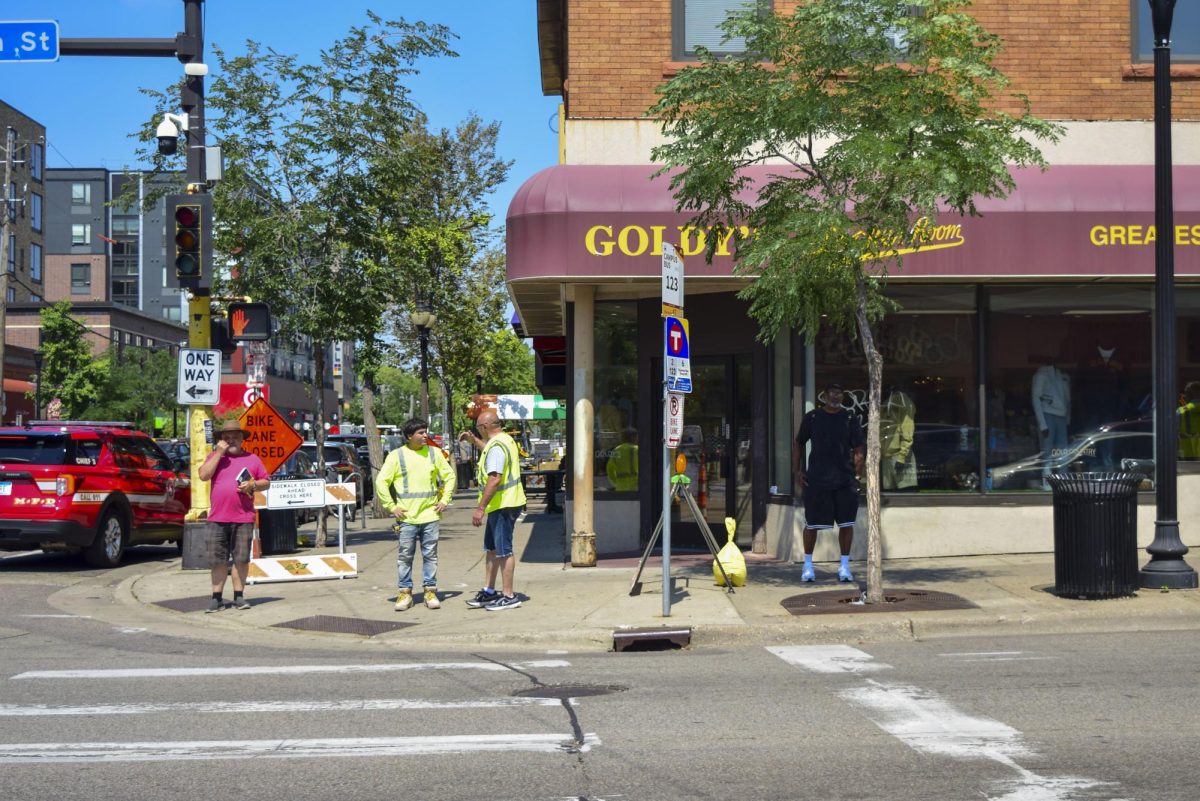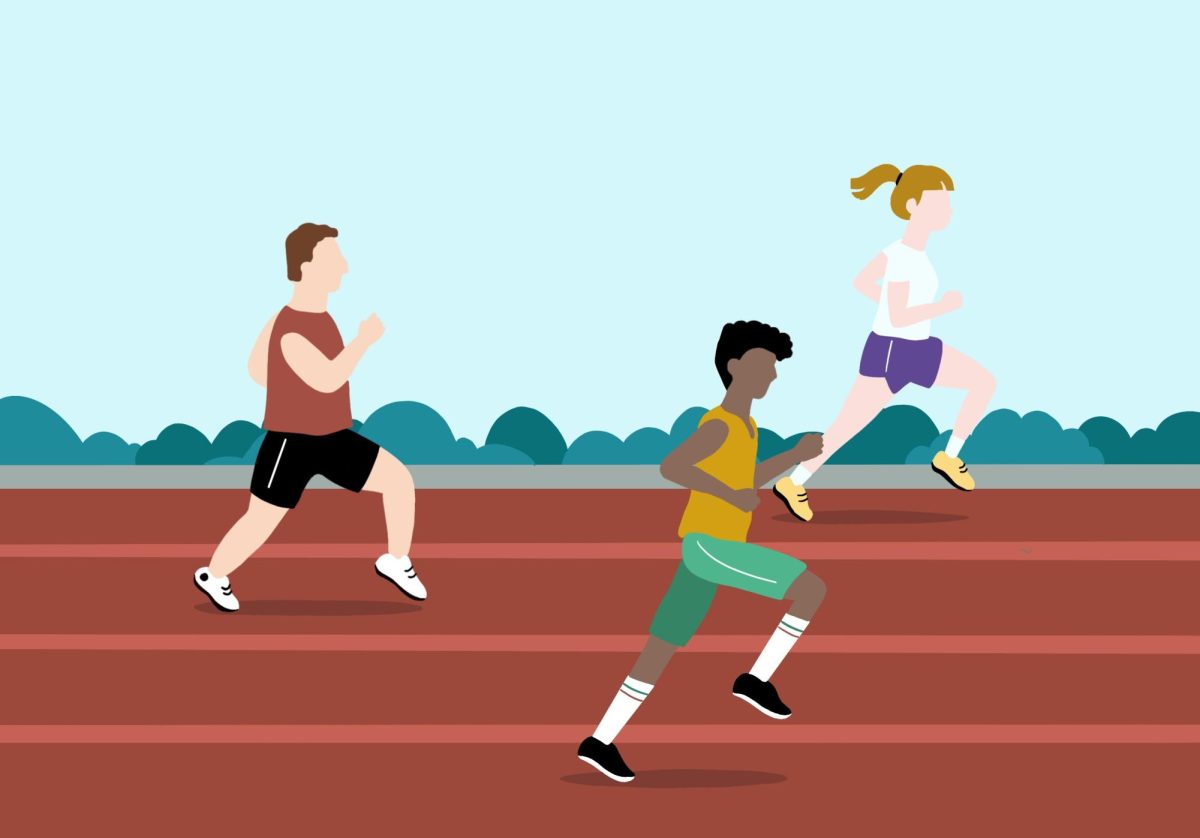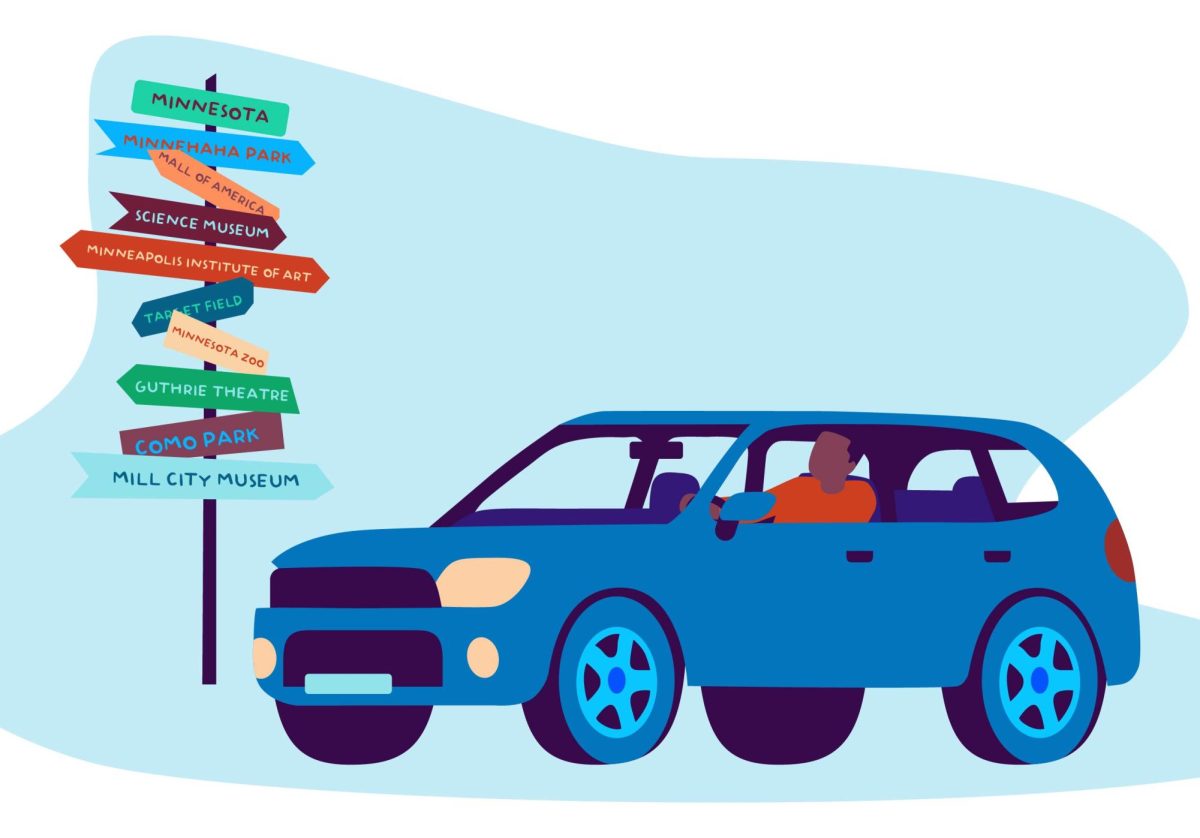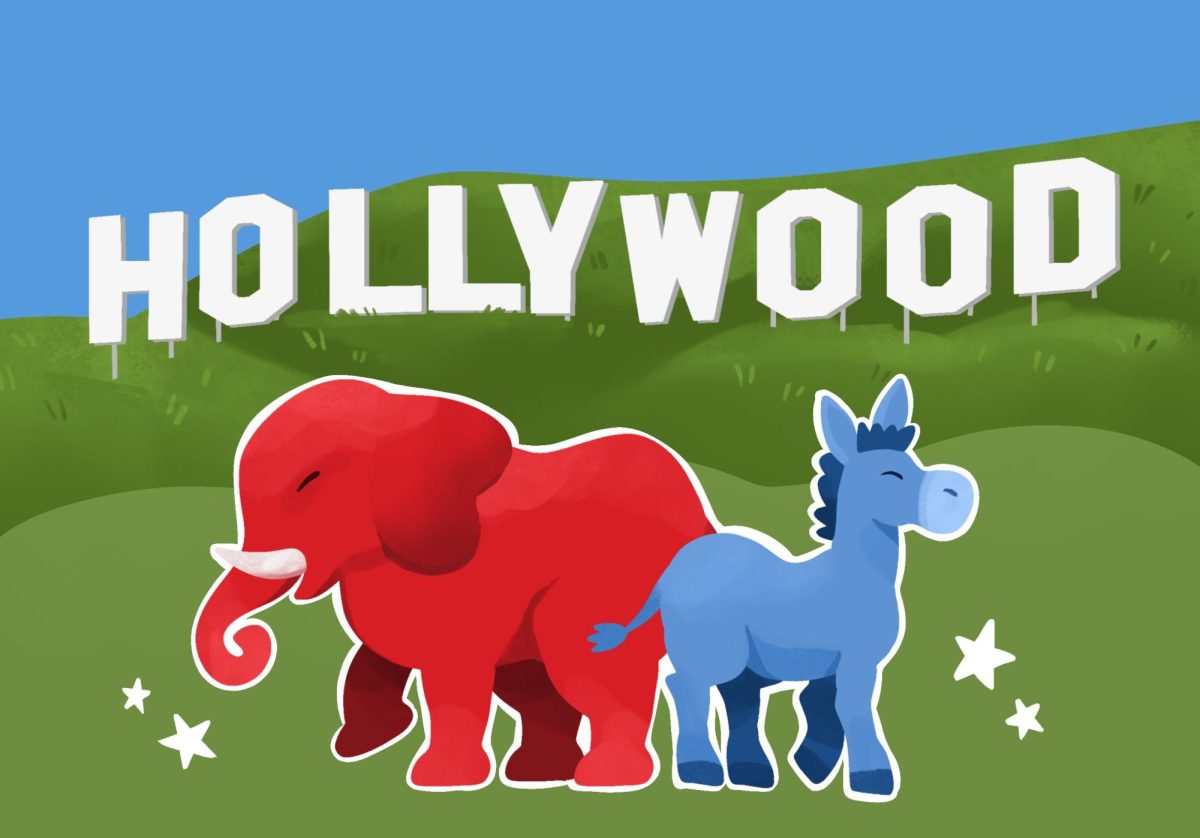August is upon us and so too is the start of a new school year. Parading gaggles of incoming freshmen are kicking the cobwebs off 14th Avenue, a time-honored tradition that breathes new life into the University of Minnesota’s little slice of Minneapolis — Dinkytown.
Because I transferred to the University at 23 years old, I skipped the phase of publicly embarrassing myself at Blarney’s or chowing at Mesa like an animal in a drunken rage –– but I’ve enjoyed hearing the battle stories from my friends who did. Their tales stand on the shoulders of thousands of alumni who have come of age in those hallowed streets since the 1950s.
The remnants of a bygone Dinkytown, that is hanging on by a thread, are wedged between the budding sky-high apartment complexes and corporate franchises. Only a few businesses, such as Al’s Diner and the Book House, remain in operation today.
“People have always gathered here. We don’t have a space to do that anymore,” said Kristen Eide-Tollefson, project coordinator of the Preserve Historic Dinkytown (PHD) organization. Eide-Tollefson has been involved with the area for the last 47 years and founded the Book House.
Eide-Tollefson has been on the frontlines of the push to designate Dinkytown as a historic district, to no avail.
If the liveliness of Dinkytown was dwindling, then the COVID-19 pandemic was a nail in its coffin. The mass exodus of students during this period wreaked havoc on institutions like Annie’s Parlour and the Kitty Kat Klub, whose neon signs still hang tragically unplugged over the East Bank campus.
It’s hard to believe that two years of turbulence could undo 70 years of tradition-making. Nearly four years later, those symptoms have yet to subside.
“Stinkytown,” as it has become known, has turned from a once-bustling point of cultural convergence to a confused transitory node. Its further demise is perpetuated by a grim reputation that, without intervention, will doom its future to a life of over-policing and social decay.
Calls to make Dinky safer have dominated the news cycles. Reports of gun violence, reckless driving and rowdy vandals from the suburbs have made pepper spray the hottest accessory for a night out on the town.
The Board of Regents has devised a “Safe Streets Initiative” that aims to thwart bad behavior by ramping up law enforcement, which almost never ends well. But these attempts to mitigate crime have failed to address the lethal apathy that imbues the current perception of Dinkytown.
To revive its reputation, we should focus on the streetscape.
Take, for instance, the infamous Dinkytown McDonald’s that was razed in 2020 — ironically to be re-built in the form of a mixed-use apartment building called “Identity.”
The death of this institution inspired a period of grieving for generations of Gophers who immortalized their mourning in a slew of op-eds and tweets. Their feeling of loss underscores the anchor of collective memory that Dinkytown truly is.
For many, “Drunken Donald’s” symbolized the last bastion of their time at the University.
“We’re losing the third places where students can hang out without a pile of money,” Paula Pentel said. Pentel is the undergraduate advisor for the Urban Studies program and is a long-time urbanist in the Twin Cities.
“We’ve sanitized the specialness right out of Dinkytown,” Pentel said, who has noticed the corporate creep over her time at the University. Place-making is no easy task, and making one that people become attached to is even harder.
If we want to make Dinkytown safer, we should strive for the development of a grittier, more spontaneous space that better reflects the lifestyles of the average college student.
Fewer $17 salads and more cozy coffee shops with places to study and convene.
Dinkytown should be a late-night soft place to land after running from house to house through Marcy-Holmes, not a food court excavated from a weird mall.
College towns are a sacred backdrop to some of the most formative years of a young person’s life. It’s a home away from home, and for many, the first time they’ve experienced dense, communal living. If we see Dinkytown as a hopeless expanse of degeneracy and danger, it will continue to become just that. But if we stay involved in its active evolution, if we run toward the fire instead of away from it, we may very well be able to reverse its course.
Indeed, my fellow Gophers, we are in a battle for the soul of Stinkytown. It is imperative that students and faculty alike recognize we are writing the future of Dinky in real-time.
Next time you stroll through the area, take a look around. Stop by the Book House and check out their archival work or peer in the window of one of the vacant storefronts and wonder what it could be.
Let the Board of Regents know you want to see Dinky thrive, seeing as they are becoming landlords, and remember that lively communities are safe communities. Not highly surveilled ones.
It’s going to take all of us caring about this special place for it to make the resurgence it deserves.






















